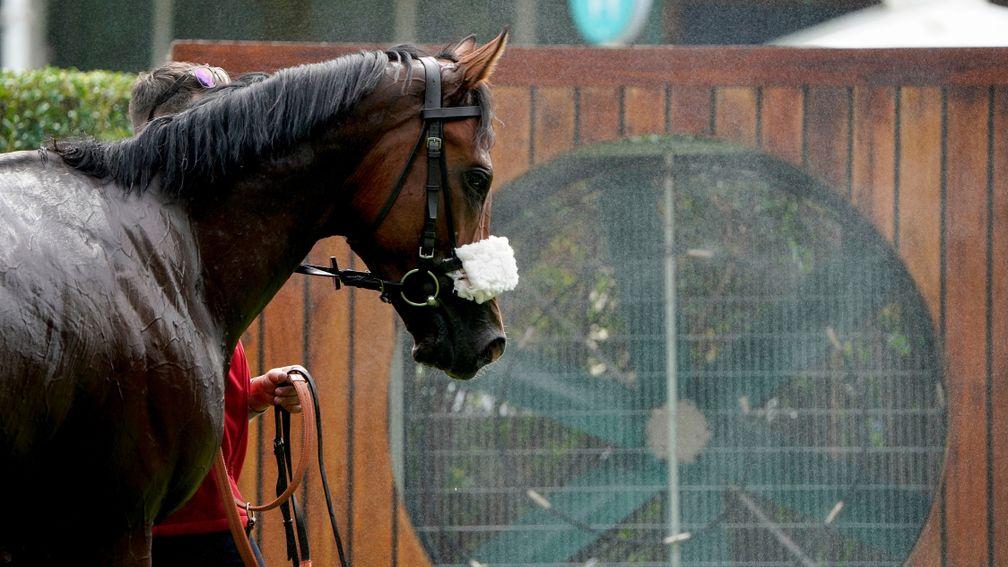'Welcome to Royal Ascot 2050' - how climate change is going to reshape racing
Bill Barber, specialist writer of the year, on an issue the sport can't ignore

It is the third day of Royal Ascot in 2050 and Ballydoyle trainer Joseph O'Brien has the favourite for the Gold Cup as he seeks to whittle away at his father Aidan's record number of victories in the race.
The Gold Cup is a lot different to Aidan's day, though. Back then it was run over two and a half miles; it has now been reduced to two miles, not because of lack of stamina in the breed but to reduce the dangers of heat stress.
It also now takes place in the evening, as does the entire meeting, to mitigate the effects of high temperatures, as much for the human participants as the equine ones. The royal procession precedes racing at 7pm, with floodlights enabling the action to continue after the sun has gone down.
Read the full story
Read award-winning journalism from the best writers in racing, with exclusive news, interviews, columns, investigations, stable tours and subscriber-only emails.
Subscribe to unlock
- Racing Post digital newspaper (worth over £100 per month)
- Award-winning journalism from the best writers in racing
- Expert tips from the likes of Tom Segal and Paul Kealy
- Replays and results analysis from all UK and Irish racecourses
- Form study tools including the Pro Card and Horse Tracker
- Extensive archive of statistics covering horses, trainers, jockeys, owners, pedigree and sales data
Already a subscriber?Log in
Published on inFeatures
Last updated
- Top racing books of 2024: must-reads of the year, from the perfect Christmas stocking filler to a pioneering jockey
- Captain Marvel: how a modern master of Cheltenham and a genuine pioneer executed one of the shocks of the year
- 'We’re delighted with how it's going' - joint-trainers prepare for exciting year after Flat string is doubled
- 'We’ve had to work hard this sales season' - Kennet Valley seeking to build on success with biggest string
- Alastair Down's archives: the great writer recalls Coneygree's glorious victory in the 2015 Cheltenham Gold Cup
- Top racing books of 2024: must-reads of the year, from the perfect Christmas stocking filler to a pioneering jockey
- Captain Marvel: how a modern master of Cheltenham and a genuine pioneer executed one of the shocks of the year
- 'We’re delighted with how it's going' - joint-trainers prepare for exciting year after Flat string is doubled
- 'We’ve had to work hard this sales season' - Kennet Valley seeking to build on success with biggest string
- Alastair Down's archives: the great writer recalls Coneygree's glorious victory in the 2015 Cheltenham Gold Cup